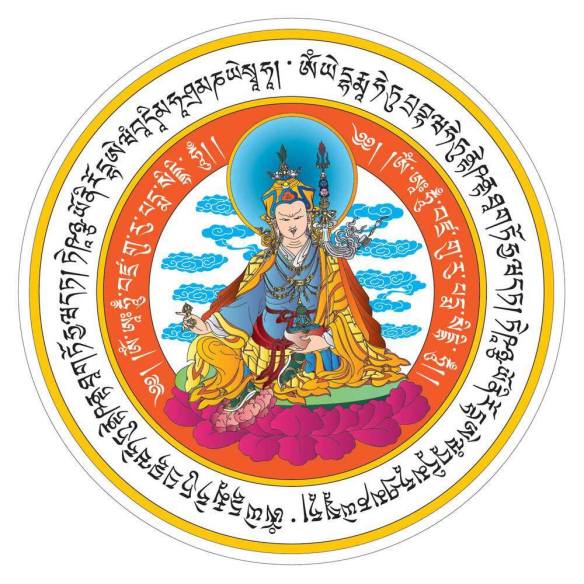After more than a year’s hiatus (hello, PhD dissertation), I thought I would revive my posting here with a translation of an essay by Tibetan physican and tantric yogi Dr Nida Chenagtsang about a different kind of revival.
The following essay, published in a 1999 edited collection of some of Dr Nida’s articles on Tibetan medicine, describes Dr Nida’s efforts to resuscitate and promote a traditional Tibetan healing practice known as Yookchö/Yukcho(e) (dbyug bcos), or ‘Stick Therapy’. Stick Therapy, also sometimes called ‘vajra-stick/rod’ (rdo rje dbyug) practice, involves tapping repeatedly and in a steady rhythm on particular treatment points on a patient’s or one’s own body with a specially prepared pliable stick with a bundle or knob on one end in order to treat specific ailments. Stick Therapy is one of several traditional Tibetan healing practices which were originally (or simultaneously) developed by tantric Buddhist yogi/nis for use on their own bodies for the purposes of self-healing in the context of meditation retreat, which were then apparently taken up and developed as more exoteric medical therapies for use on the bodies of uninitiated patients.



